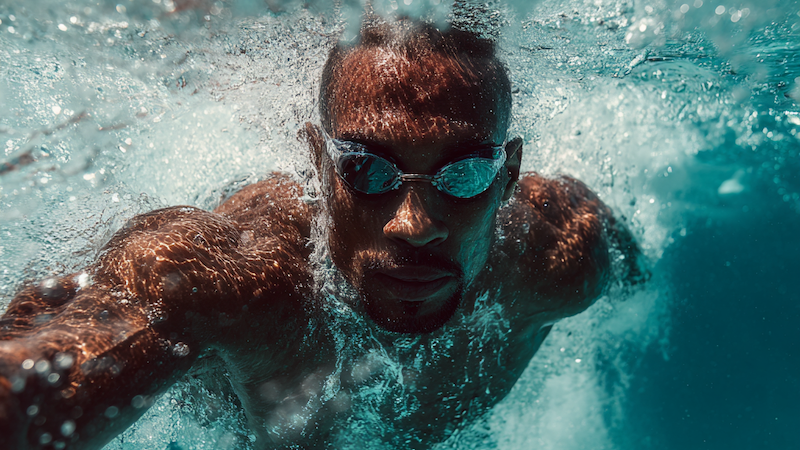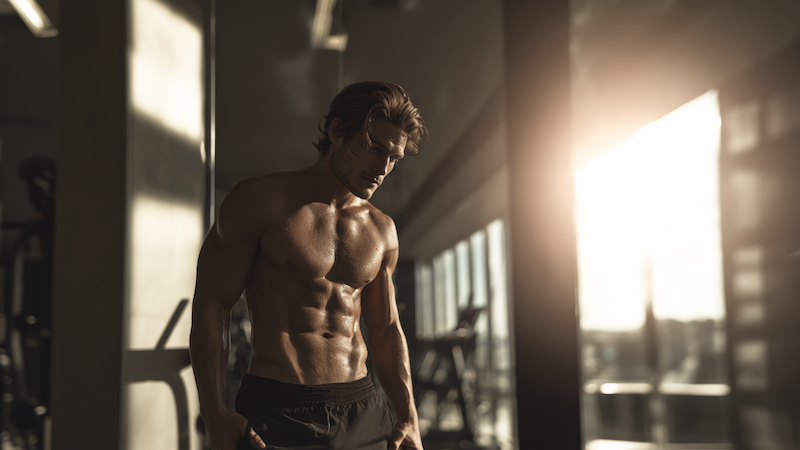Combining Private Training with Outdoor Sports: The Best of Both Worlds
1. Why choose between structure and spontaneity?
Modern fitness routines no longer need to be confined to a single format. In fact, some of the most effective and sustainable approaches to physical training today embrace a hybrid model: one that mixes the structure, precision and personalised guidance of private gym training with the energy, variability and playfulness of outdoor sports like tennis, swimming or running.
If you live in a city like Paris, where green spaces, tennis courts and swimming pools are just a metro ride away, why limit yourself? A well-designed fitness plan isn’t about restriction - it’s about optimisation.
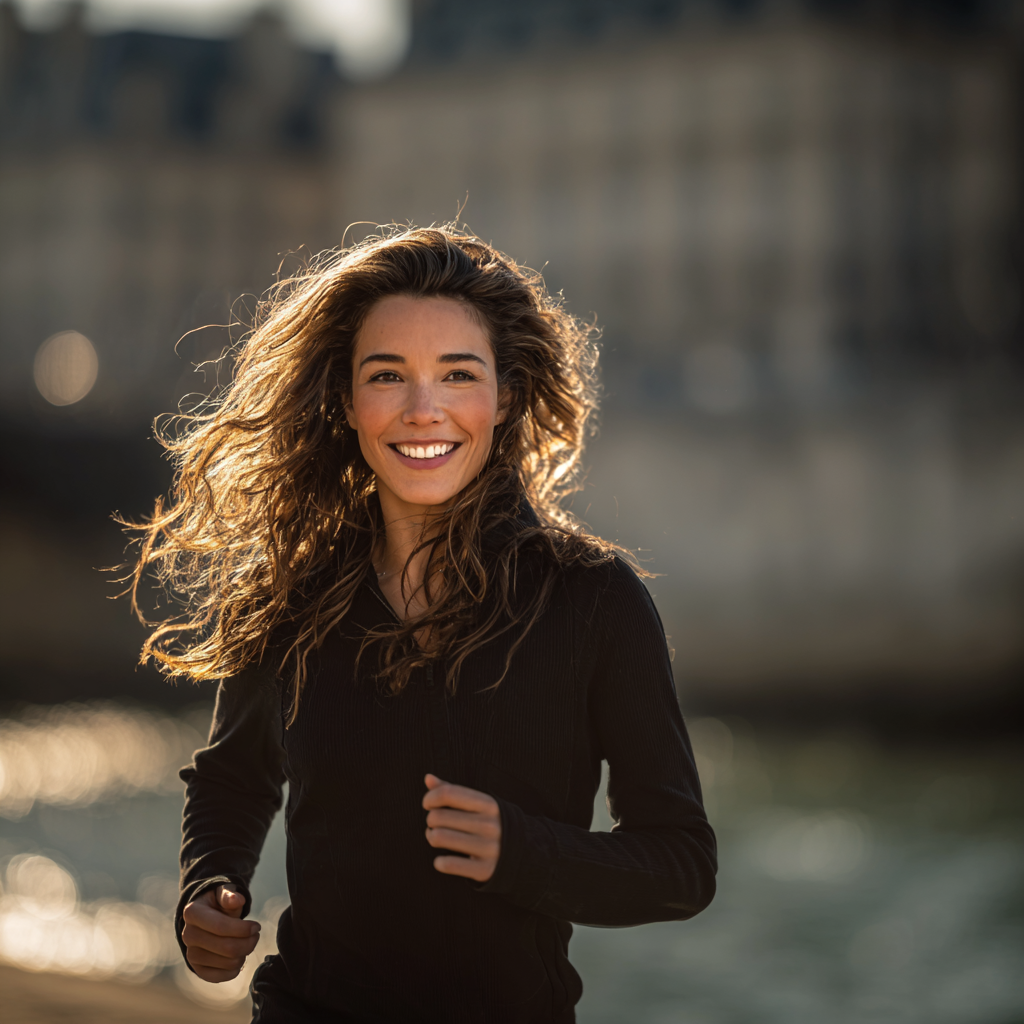
2. The private gym: a foundation of precision and progress
At Louis Fabre Coaching, the private studio environment is built to offer something unique: total focus. No crowds, no noise, no distractions. Just you, your coach, and the session designed around your needs. That’s where your foundational work happens: mobility, strength, coordination, corrective movement, posture, breathing. It’s where we build the engine and fine-tune the machine.
This base isn’t glamorous—but it’s essential. Want to improve your swimming strokes? We focus on scapular mobility and shoulder strength. Want to avoid injury on your next tennis match? We look at your hips, knees and how you absorb impact. Private training gives you the tools to move better everywhere else.

3. Outdoor sports: expression, intensity, and joy
Outdoor sports, on the other hand, give you freedom and expression. A long jog in the Parc des Buttes-Chaumont. A tennis rally that makes your heart race. A dip in a cool pool in summer. These are moments where you forget you're training. You're just moving. You're living. You're playing.
But these sports also come with risks: poor technique, overuse injuries, lack of progression. That’s where the link with private training becomes invaluable. With proper strength conditioning, tailored recovery and a smart program, these risks become minimal—and the performance gains, exponential.
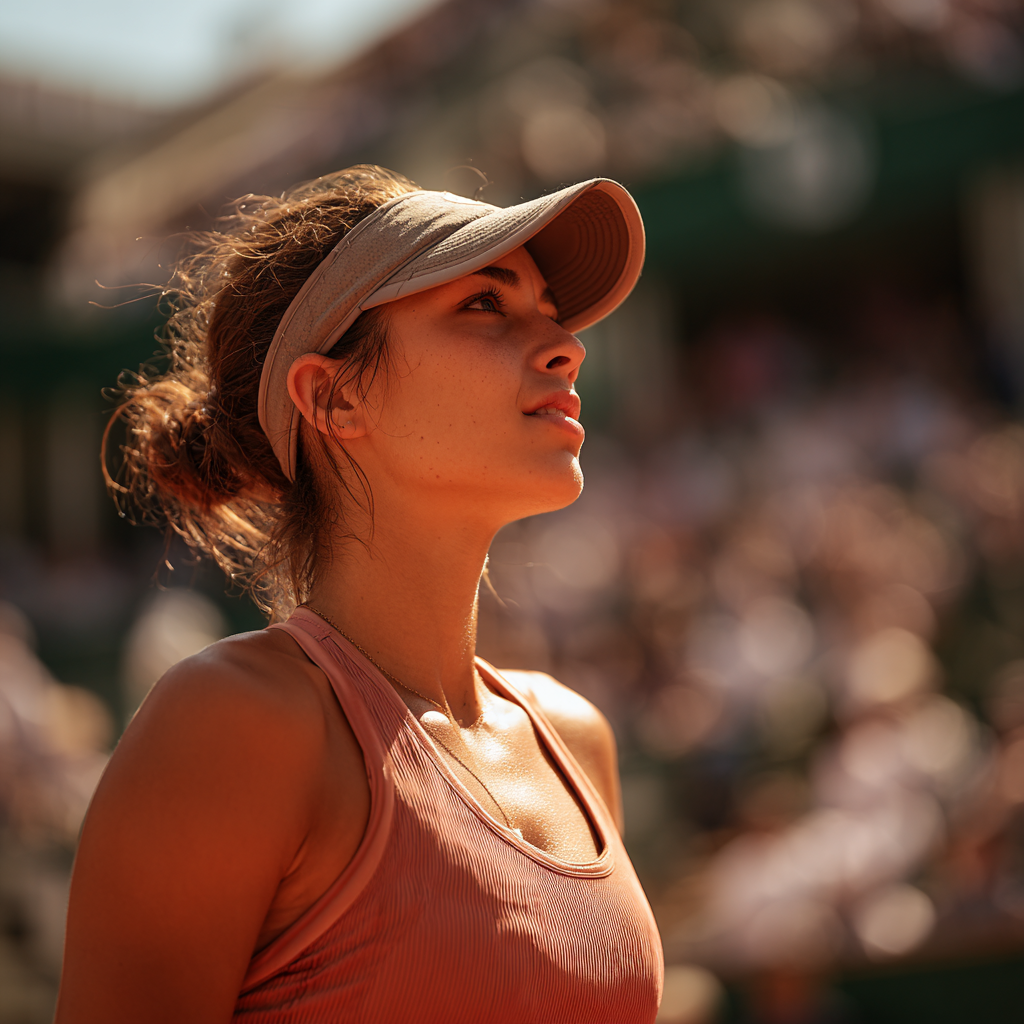
4. Smart periodisation: blending both worlds
A good training plan is not just a list of workouts. It’s a strategy. If you’re a weekend tennis player, we can programme your midweek sessions to reinforce mobility, core stability and shoulder resilience. If you swim twice a week, we can address breathing patterns, spinal mobility and rotational strength.
It’s about periodisation: building your week with intention. Not draining your energy, but aligning gym work with outdoor sport to create synergy.
Here’s a typical example of a hybrid week:
- Monday: Strength & mobility session at the studio
- Wednesday: Swim session, low-impact cardio
- Thursday: Core + injury prevention work in the gym
- Saturday: Tennis match
- Sunday: Active recovery or short run
5. The mindset shift: from "workout" to "movement lifestyle"
Too often, people split their identity into categories: “I go to the gym” or “I play tennis”. But the real transformation happens when you stop seeing these as compartments—and start seeing it as a movement lifestyle. You train indoors so you can thrive outdoors. You build your body privately so you can express it publicly.
As a coach, I love seeing this shift in my clients. They begin to carry their training into their hobbies. They stop fearing injuries. They stop plateauing. They move better, longer, stronger.
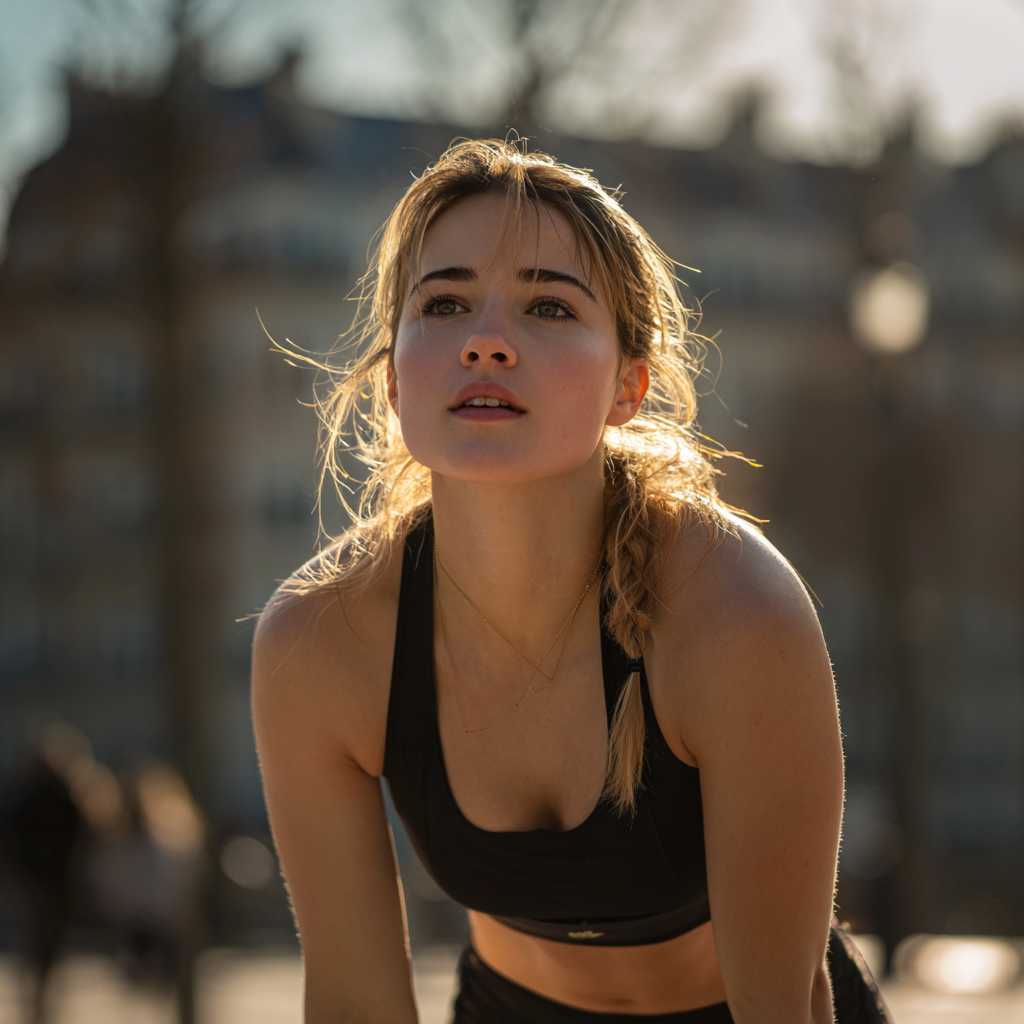
6. An integrated approach to recovery and performance
Another advantage of combining both worlds is how you manage recovery. For instance, many people overdo high-intensity cardio or sport without adequate rest or active recovery. At Louis Fabre Coaching, we implement strategies like:
- Active stretching and mobility flows
- Breathwork to enhance parasympathetic recovery
- Programming low-intensity strength work after high-intensity sport
By tracking fatigue, adapting loads, and listening to the body's cues, we keep your training sustainable all year round.
7. A private space built for real life
The private studio is not just a controlled environment—it’s a laboratory. It’s where we test what works for your body. Where we adapt movements for your lifestyle. Where we make adjustments after a week of intense sport or long working hours. No two sessions are the same, because no two weeks are the same.
This adaptability is key for people who have dynamic schedules or seasonal sports. If you're a skier in winter, a runner in spring, a swimmer in summer—we plan accordingly. That's the benefit of private coaching: it follows you, instead of forcing you to follow it.
8. Stronger together: training as support for your passions
Ultimately, private coaching is not meant to replace the joy of outdoor sport. It’s meant to support it. It’s your maintenance plan. Your tune-up. Your check-in point. It gives you a framework so your passion doesn’t turn into pain. It keeps you accountable and evolving, even during periods of high sport load or vacation.
When you're strong in the gym, you’re powerful on the court. When you're stable in your squat, your stride improves on the trail. When your shoulders are resilient, your swim strokes gain precision. It all connects.

9. You don’t have to choose. You just have to align.
At Louis Fabre Coaching in Paris, our mission is to align your indoor and outdoor practice. To make you autonomous, efficient, and pain-free—whether you’re hitting a backhand, swimming laps, or just chasing your kids in the park.
You don’t need a new sport. You just need a smarter way to support the ones you already love.
Want to take the next step?
Join us in the studio and let’s build a training plan that matches your real life—not just your gym schedule.


